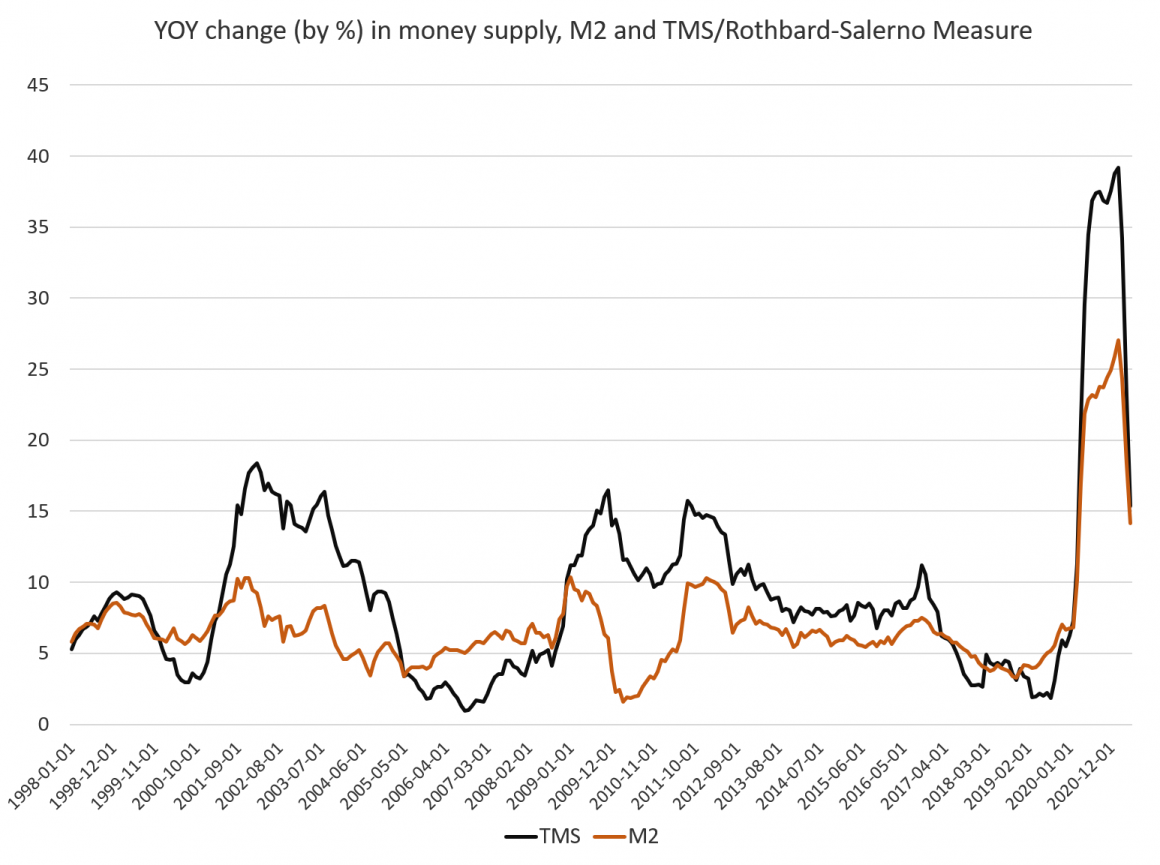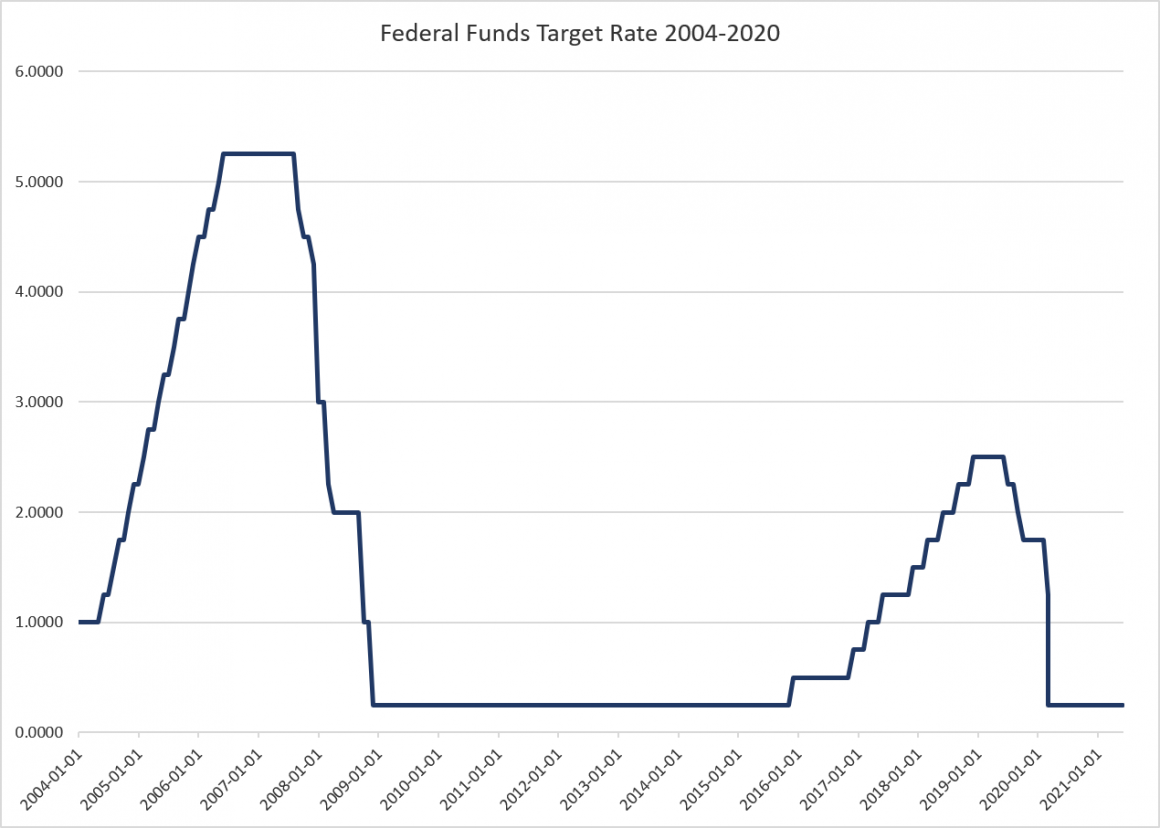The reductive and lazy dismissals of the possibility of bringing about free market systems of healthcare, in addition to the administrative and legislative hurdles imposed by government agencies, have all been brought into the limelight in the wake of the pandemic. However, dealing with them is not the purpose of this article; there are a sufficient number which can easily address the usual complaints. One impact of the pandemic, particularly relevant to political discourse, is that it has brought forth a question which has never been so widely asked on a global scale: What do we do next? Fortunately, Mauritian digital health advocate and medical expert Dr. Pranavsingh Dhunnoo provides a stepping stone for this discussion in his remarkable book Pandemic and
Topics:
Ayush Poolovadoo considers the following as important: 6b) Mises.org, Featured, newsletter
This could be interesting, too:
Nachrichten Ticker - www.finanzen.ch writes Die Performance der Kryptowährungen in KW 9: Das hat sich bei Bitcoin, Ether & Co. getan
Nachrichten Ticker - www.finanzen.ch writes Wer verbirgt sich hinter der Ethereum-Technologie?
Martin Hartmann writes Eine Analyse nach den Lehren von Milton Friedman
Marc Chandler writes March 2025 Monthly
 The reductive and lazy dismissals of the possibility of bringing about free market systems of healthcare, in addition to the administrative and legislative hurdles imposed by government agencies, have all been brought into the limelight in the wake of the pandemic. However, dealing with them is not the purpose of this article; there are a sufficient number which can easily address the usual complaints. One impact of the pandemic, particularly relevant to political discourse, is that it has brought forth a question which has never been so widely asked on a global scale: What do we do next? Fortunately, Mauritian digital health advocate and medical expert Dr. Pranavsingh Dhunnoo provides a stepping stone for this discussion in his remarkable book Pandemic and Beyond: Our Healthcare System Should Turn Science Fiction into Science Fact.
The reductive and lazy dismissals of the possibility of bringing about free market systems of healthcare, in addition to the administrative and legislative hurdles imposed by government agencies, have all been brought into the limelight in the wake of the pandemic. However, dealing with them is not the purpose of this article; there are a sufficient number which can easily address the usual complaints. One impact of the pandemic, particularly relevant to political discourse, is that it has brought forth a question which has never been so widely asked on a global scale: What do we do next? Fortunately, Mauritian digital health advocate and medical expert Dr. Pranavsingh Dhunnoo provides a stepping stone for this discussion in his remarkable book Pandemic and Beyond: Our Healthcare System Should Turn Science Fiction into Science Fact.
From the very outset, Dr. Dhunnoo does not present himself as a libertarian, nor does he claim to be in favor of removing any government presence in healthcare. He refrains from politicizing his scientific opinions. The thesis of his book presents a simple and salient case: the great wave of digitalization that has come to define the early twenty-first century should engulf the medical institutions of small developing countries, not only to improve the quality of healthcare provided to the citizens of these states, but also to abolish what he describes as “the ivory tower of medicine, strongly guarded by medical professionals and leaving patients out of any discussions.” Though the book does not shy away from flexing the author’s almost encyclopedic knowledge of medical innovations and patient crises spanning the globe, it acknowledges that the reader may not possess the same level of awareness and therefore takes a novel approach to best communicate Dr. Dhunnoo’s earnest faith in digital healthcare.
The Natural Evolution of Healthcare
In section I (so titled), Dr. Dhunnoo employs the Medical Futurist Institute’s (MFI) definition of digital health: “The cultural transformation of how disruptive technologies that provide digital and objective data accessible to both caregivers and patients leads to an equal level doctor-patient relationship with shared decision-making and the democratisation of care.” He cites a statement of the MFI’s founder, Dr. Bertalan Meskó, that I believe is at the risk of becoming a cliché: patients are the most underused resource in healthcare. However, as the book goes on to demonstrate, the cliché has been treated as just that, rather than a market guideline.
Dr. Dhunnoo wastes no time in ensuring the reader’s thoughts do not immediately wander or remain fixated on countries where healthcare is considered either sacrosanct or a lost cause; we are brought to the examples of Kazakhstan, Rwanda, and Denmark, where the governments have begun adopting digital health strategies at a national level. However, he is very careful to not rest the problem on the shoulders of governments alone; he narrates his encounter with Dr. Olzhas Abhishev, Kazakhstan’s Vice Minister of Healthcare. During their interaction, lack of digital literacy was stressed as a key factor, particularly in still developing countries where SMS notifications are the preferred method of doctor-patient communication.
Dr. Dhunnoo concludes the first section with a salient statistic which highlights the necessity for a quicker transition to digital healthcare in the aftermath of the pandemic. He writes: “While the pandemic was raging in 2020, investments in digital health companies in the U.S. alone totalled $1.4 billion. Such flow of capital made that year the record-breaking one in digital health investments; nearly double that of the previous record year which was 2018 when some $8.1 billion was raised.”
The Fiction and the Fact
The second section of the book is where the reader finds the aforementioned novel approach; it juxtaposes a number of starkly realistic scenarios with real-life examples wherein the issues of confidentiality, patient choice, false medical alerts and potentially fatal waiting lines are dealt with by the use of products and services already on the market and available to consumers. Just to name a few:
- In the month of May 2020 alone, the Mauritian telemedicine service, Abler Digital Health, was launched to meet the needs of local communities, even providing free psychological consultations.
- Portable diagnostic devices that have been used by patients, such as the pocketable, digital pediatric stethoscope StethoMe, Omron’s HeartGuide smartwatch and its built-in blood pressure monitor, and the Corrie app, developed by Johns Hopkins Medical Centre for cardiovascular patients, and which has led to a 52 percent lower risk of patients being readmitted to a hospital thirty days after their last discharge.
- 3D printing workshops operated by NGOs to produce PPE as well as prosthetics for people in need who are stranded in poor, rural regions. For example, Refugee Open War 3D printed prosthetics in thirty-six hours at a production cost of $50 and offered them to Syrian refugees. 3D printing has also been used to print medicine; in 2020, FabRx released the first pharmaceutical 3D printer to manufacture personalized medicine, the M3DIMAKER, which can print one month’s medication or twenty-eight pills in around eight minutes.
- The use of VR to improve surgical performances and a number of other therapeutic purposes: a 2019 UCLA clinical validation study found that participants trained through Osso VR’s platform had an overall surgical performance improved by 230 percent compared with those trained by traditional methods. Similarly, orthopedic trainees who used VirtaMed’s simulators were found to be 20 percent faster and cause 30 percent less cartilage damage than those who trained on cadavers.
With the evidence laid out, the reader soon finds themselves asking: what is all the brouhaha about? Why are these advancements not being capitalized on, particularly during a period in history when they’re most needed?
A Regulated Landscape
The third and final section of the book takes on a more cautionary tone; it warns readers not only about the danger of patient records in systems that are still predominantly paper based, but also not to underestimate the capabilities of the empowered patient in the digital age. With regards to the former, Dr. Dhunnoo advocates for the use of blockchain: a shared digital ledger, this digital system offers security through transparency, as well virtually eliminating the risk of losing patient records. He cites the examples of Estonia and the UAE, where investments are currently being made in blockchain technology.
He cites the 2017 WannaCry attacks on sixty-one NHS institutions in the UK and on the Dusseldorf University Hospital in Germany in September of last year as the disastrous consequences of medical institutions failing to adapt, and thus leaving their patients vulnerable to ransomware.
And it seems that Dr. Dhunnoo anticipates the cries of the masses that not every individual will be able to afford these new advancements. He writes:
It’s also true that not every patient can afford those but for patients with chronic conditions, such tools can become an investment to assist in conveniently monitoring their vitals. Moreover, insurance companies can further subsidise such tools to make them more accessible to patients. Some research already shows that 55% of patients are willing to share their personal data obtained through tech devices with insurers.
Furthermore, he outlines the history of the #wearenotwaiting online movement: the diabetic community has long been awaiting the arrival of the “artificial pancreas,” which automatically administers insulin and glucagon in the right amount at the right time, preventing fatal complications such as dead-in-bed syndrome. The frustration with the onerous medical regulations birthed this movement and several community-based efforts, such as the open-sourced DIY artificial pancreas, discussion platforms like DiabetesMine and cloud-based solutions like Tidepool.
The momentum that he argues patient communities have gained in the pandemic has been exacerbated by countries with even the most sophisticated healthcare system, such as Germany, being unable to adapt to digitalization. McKinsey’s eHealth Monitor 2020 reported that
despite expanding digital infrastructure, adoption is lagging. The report found that in 2019, 93 percent of doctors in Germany still communicated with hospitals on paper, while 44% of all healthcare facilities exchanged medical data by digital means, and many outpatient doctors and pharmacists remain sceptical of digital solutions. This reflects the need for a cultural transformation that is part and parcel of digital health.
Conclusion
To reiterate, Dr. Dhunnoo’s book is not for ideologues of any shape, size or name. It is simply an excitedly crafted and superbly written love letter to those who seek to improve the quality of healthcare in their local, national and regional contexts. He refuses to kowtow to the claim that healthcare, although many argue it is a human right, is something that only the government, of all institutions, can and should provide. If anything, Pandemic and Beyond serves as a reminder to the readers (the dirigiste type, at least) that beyond governmental purview, more can, and should, be done to deliver better and more efficient healthcare to local communities.
Tags: Featured,newsletter








